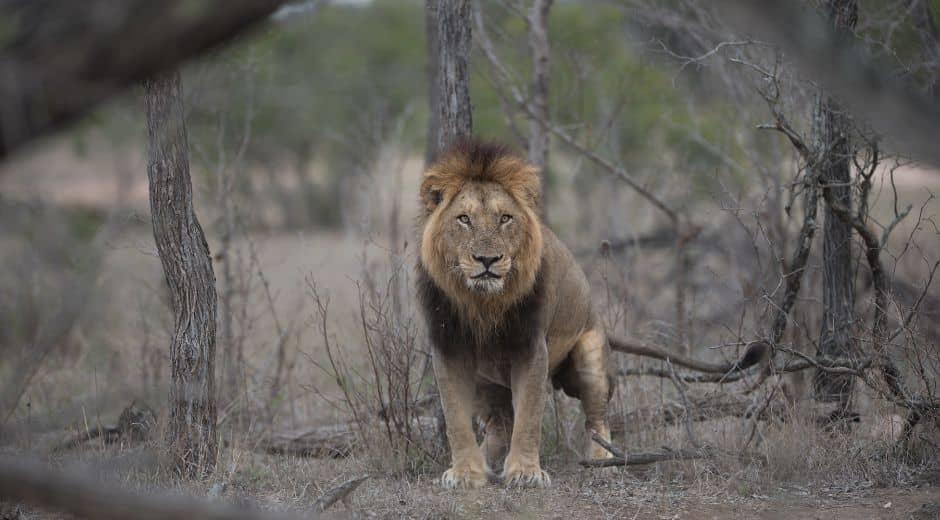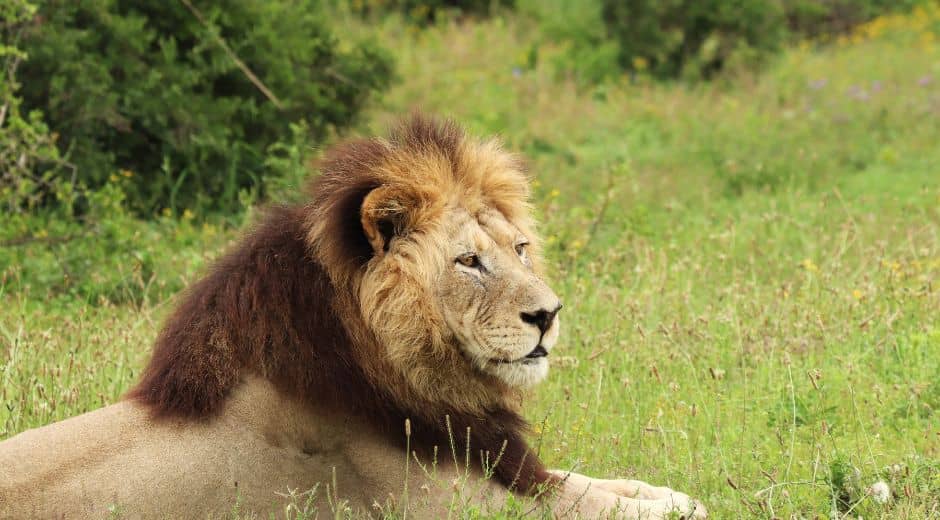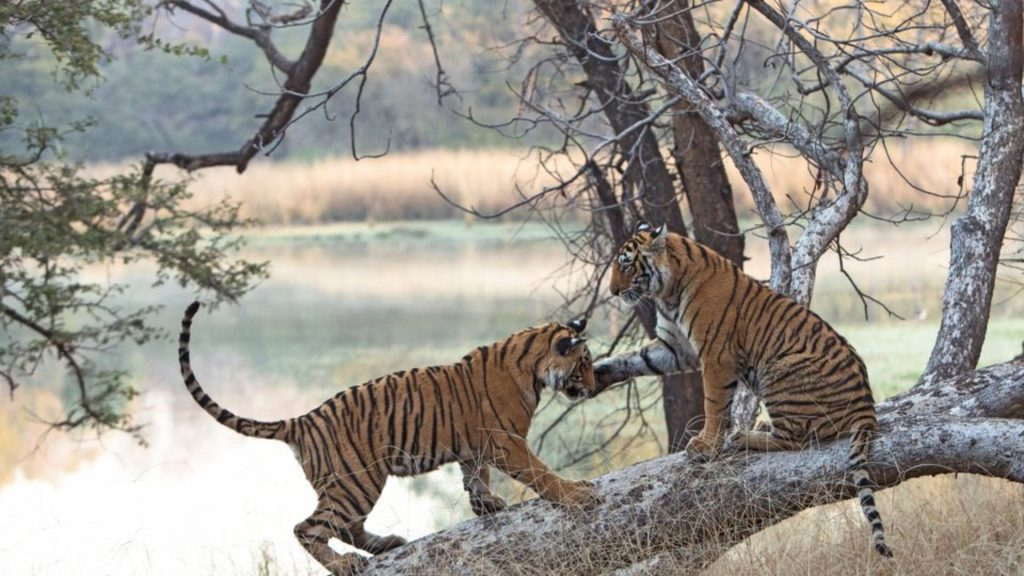Protecting the Pride: Urgent Lions Conservation Challenges
Protecting the Pride: Urgent Lions Conservation Challenges
The lion, often celebrated as the Majestic King of the savannah, faces numerous threats that endanger its survival in the wild. Protecting these magnificent creatures has become a critical priority for conservationists, scientists, and wildlife enthusiasts alike. From habitat destruction to poaching, human-wildlife conflict, and climate change, lions encounter challenges that require urgent attention and coordinated efforts to ensure their populations continue to thrive.
The Importance of Protecting Lions
Lions play a vital role in maintaining the balance of their ecosystems. As apex predators, they regulate prey populations, ensuring that herbivore numbers do not exceed the carrying capacity of their habitats. Protecting lions, therefore, is not only about preserving a species but also about sustaining the health and stability of entire ecosystems. Conservation efforts have shown that areas where lions are well-protected often boast greater biodiversity, highlighting the broader ecological significance of protecting these apex predators.
For those seeking to learn more about wildlife behavior and conservation strategies, FocusMindFlow offers in-depth studies on animal intelligence, cognition, and social structures, providing valuable insights into how species like lions interact with their environments.
Habitat Loss: A Growing Threat
One of the most pressing challenges in lion conservation is habitat loss. Expanding human settlements, agriculture, and infrastructure development have fragmented natural habitats, reducing the space available for lions to roam and hunt. This not only threatens their survival but also increases the likelihood of human-lion conflict, as lions may enter villages or farms in search of food.
Protecting habitats is therefore a crucial step. Conservation organizations focus on establishing wildlife corridors, national parks, and protected areas that allow lions to move freely while minimizing human interaction. Visitors interested in witnessing lions in their natural environments can find responsible wildlife experiences at TripBeyondTravel, which emphasizes ethical tourism and habitat preservation.
Poaching and Illegal Wildlife Trade
Poaching remains a severe threat to lion populations. Lions are targeted for their body parts, such as bones, teeth, and skins, which are sold in illegal markets. Additionally, lions are sometimes killed in retaliation for livestock losses, further reducing their numbers.
Protecting lions from poaching involves rigorous anti-poaching patrols, community engagement, and stricter law enforcement. Educating local communities about the ecological and economic importance of lions can transform perceptions and reduce retaliatory killings. When local people understand the benefits of lion conservation—through tourism revenue and ecosystem health—they are more likely to support protective measures.
Human-Wildlife Conflict
As human populations expand into lion territories, conflicts inevitably arise. Livestock predation by lions can lead to economic losses for farmers, who may resort to lethal methods to safeguard their animals. Addressing these conflicts is an essential component of protecting lions.
Innovative strategies include building predator-proof enclosures for livestock, implementing early-warning systems, and promoting community-based conservation initiatives. These approaches not only reduce conflicts but also foster a sense of stewardship among local populations, creating a sustainable model for coexistence.
Climate Change and Environmental Pressures
Climate change introduces another layer of complexity to lion conservation. Altered rainfall patterns, droughts, and habitat degradation affect prey availability, forcing lions to adapt or move to new areas. Protecting lions in the face of these environmental pressures requires flexible conservation strategies that account for shifting ecosystems and the dynamic needs of wildlife.
The Role of Conservation Programs
Effective conservation programs combine scientific research, community involvement, and policy enforcement. Organizations dedicated to protecting lions monitor populations, track movements, and analyze behavior to design strategies that enhance survival rates. Captive breeding, translocation, and habitat restoration projects are also part of comprehensive conservation plans.
For readers interested in expanding their knowledge about wildlife conservation, Bionaturevista offers resources, case studies, and success stories that showcase how species like lions can thrive when appropriate protective measures are in place.
Community Engagement and Education
Education is a cornerstone of protecting lions. By raising awareness about the ecological and cultural significance of lions, communities can become active participants in conservation efforts. Schools, local organizations, and tourism initiatives play a vital role in promoting understanding and respect for wildlife.
Community-driven conservation programs often involve local people in monitoring lions, maintaining protected areas, and sharing the benefits of eco-tourism. Such inclusive approaches strengthen the long-term effectiveness of conservation efforts, ensuring that lions are not only protected but also celebrated as a symbol of natural heritage.
Tourism and Ethical Wildlife Observation
Responsible tourism is an invaluable tool for protecting lions. Eco-tourism initiatives provide funding for conservation projects and create economic incentives for local communities to preserve wildlife habitats. Observing lions in their natural environment fosters appreciation and respect, encouraging support for protective measures.
Platforms like Zoopora provide information on ethical wildlife tourism, guiding readers on how to experience lion habitats responsibly while contributing to their protection. Similarly, TripBeyondTravel offers curated wildlife tours designed to minimize environmental impact while maximizing learning and engagement.
Success Stories in Lion Conservation
Despite the challenges, there are encouraging success stories. Protected reserves in Africa have seen increases in lion populations thanks to targeted anti-poaching initiatives, community engagement, and habitat restoration. These examples demonstrate that protecting lions is achievable when science, policy, and local participation align.
Moreover, conservation research continues to uncover the intelligence, social complexity, and emotional depth of lions, reinforcing the importance of protecting these apex predators for ecological, educational, and cultural reasons.
Conclusion
Lions, the Majestic Kings of the savannah, face an array of challenges that threaten their survival. From habitat loss to poaching and human-wildlife conflict, the need for protecting these magnificent creatures has never been more urgent. Through habitat preservation, anti-poaching measures, community engagement, ethical tourism, and ongoing research, conservationists are working tirelessly to ensure that lions continue to thrive in the wild.
By understanding the threats lions face and supporting initiatives for protecting them, we can secure a future where these iconic predators continue to roam freely, maintaining their essential role in ecosystems and inspiring awe for generations to come.
Wildlife Behavior Curiosity

Understanding the Mops: Health, Care, and Personality
Tigers in the Wild: Conservation Challenges and Successes explores efforts to protect tigers, preserve habitats, and ensure their survival…
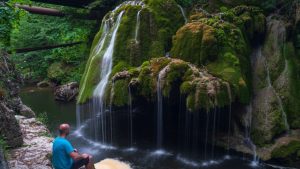
Bigăr Waterfall: Romania’s Hidden Natural Gem
Tigers in the Wild: Conservation Challenges and Successes explores efforts to protect tigers, preserve habitats, and ensure their survival…
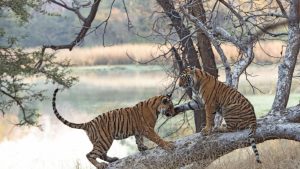
Tigers in the Wild: Conservation Challenges and Successes
Tigers in the Wild: Conservation Challenges and Successes explores efforts to protect tigers, preserve habitats, and ensure their survival…
